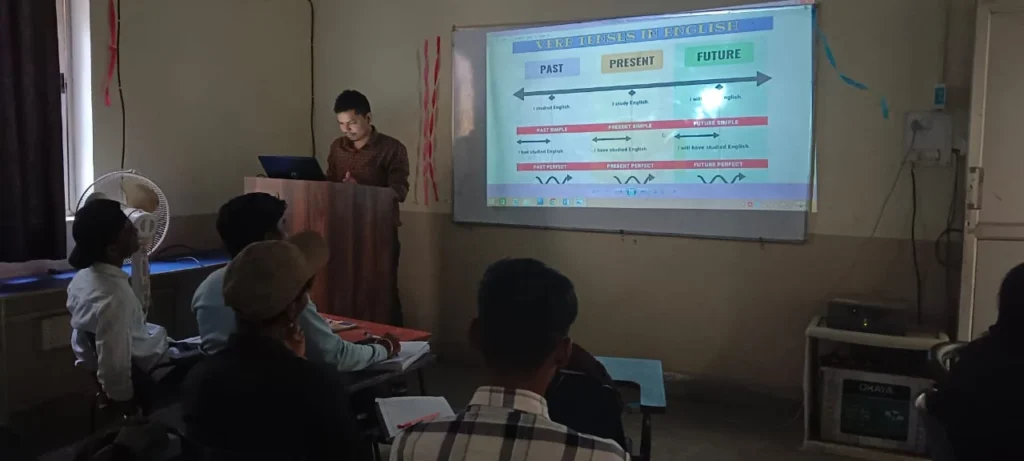Become a Data Analyst in 2025 – Skills, Courses & Job Opportunities
Become a Data Analyst in 2025 – Skills, Courses & Job Opportunities In 2025, Data Analytics is one of the most promising and high-demand career paths in the IT industry. With companies across the globe generating massive amounts of data daily, professionals who can analyze and interpret this data are among the most valued employees. If you are looking to start or shift your career into this exciting field, Emancipation Edutech Pvt. Ltd., Ranchi, offers comprehensive courses designed to make you job-ready with practical skills and placement support. Why Choose Data Analytics in 2025? The role of a data analyst is no longer limited to crunching numbers. Today, analysts help businesses make smarter decisions, reduce risks, and improve efficiency. As we step deeper into the digital economy, the demand for skilled analysts continues to grow. Key reasons to choose this career: Skills Required to Become a Data Analyst To succeed in this field, you must develop both technical and analytical skills. At Emancipation Edutech Pvt. Ltd., the curriculum is designed to cover: Courses at Emancipation Edutech Pvt. Ltd., Ranchi Situated in Ranchi, Emancipation Edutech Pvt. Ltd. has become a leading IT training institute known for practical learning and strong placement support. Their Data Analytics course is designed for beginners as well as professionals. Course Highlights: Job Opportunities After Course Completion Once you complete a Data Analytics course at Emancipation Edutech, several career opportunities open up: Salary Growth in India (2025): With global companies investing in AI, cloud, and big data, job opportunities are expanding rapidly in both startups and multinational firms. Benefits of Learning at Emancipation Edutech Pvt. Ltd. What makes Emancipation Edutech Pvt. Ltd. Ranchi the ideal choice for aspiring data analysts? These benefits make it possible for students in Ranchi to access world-class IT training without needing to move to larger cities like Bengaluru or Pune. Why 2025 is the Best Year to Start The year 2025 marks a turning point for industries worldwide. With AI, automation, and digital transformation shaping every sector, the demand for data analytics professionals will only increase. Starting your training now ensures you are job-ready for the future job market. By enrolling at Emancipation Edutech Pvt. Ltd., Ranchi, you’ll not only gain in-demand skills but also the career support needed to land your first job as a data analyst. Final Thoughts Data Analytics is one of the safest, most rewarding, and future-ready career options in 2025. If you want to be part of this growing field, the right skills and training are essential. At Emancipation Edutech Pvt. Ltd., Ranchi, you’ll receive expert guidance, hands-on project training, and placement assistance to help you achieve your career goals. With its strong reputation, industry-aligned curriculum, and proven placement record, this institute is the perfect choice for aspiring data analysts. Enroll today and take the first step toward becoming a successful Data Analyst in 2025.
Become a Data Analyst in 2025 – Skills, Courses & Job Opportunities Read More »










